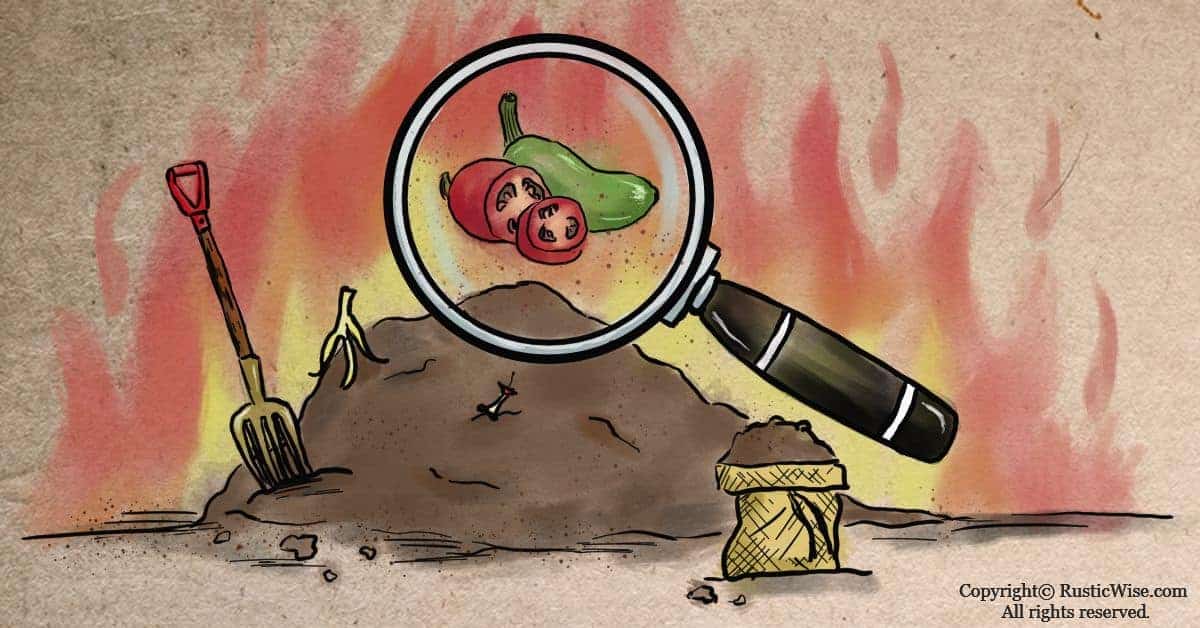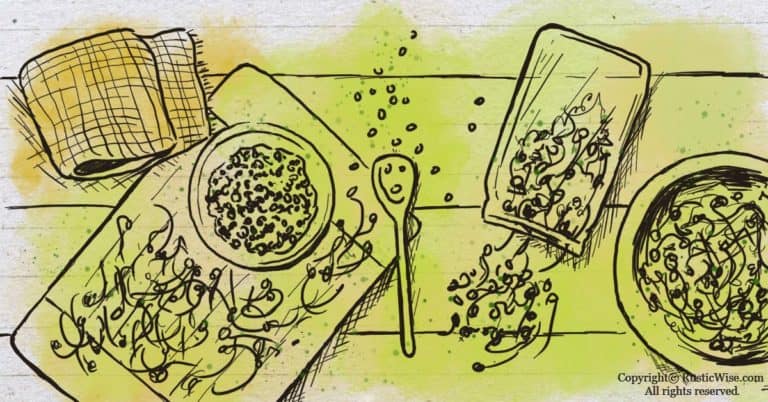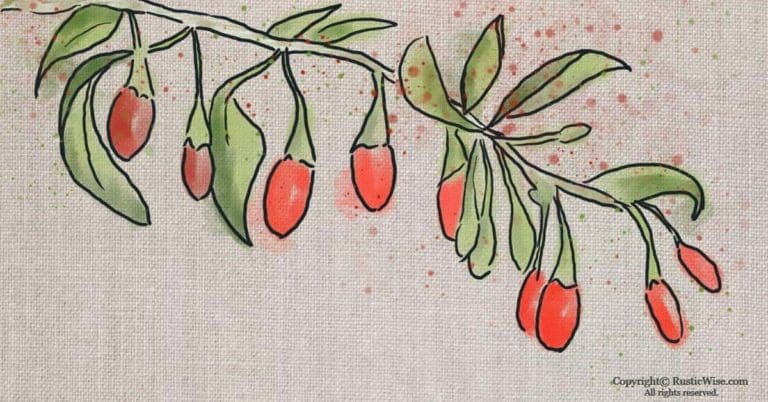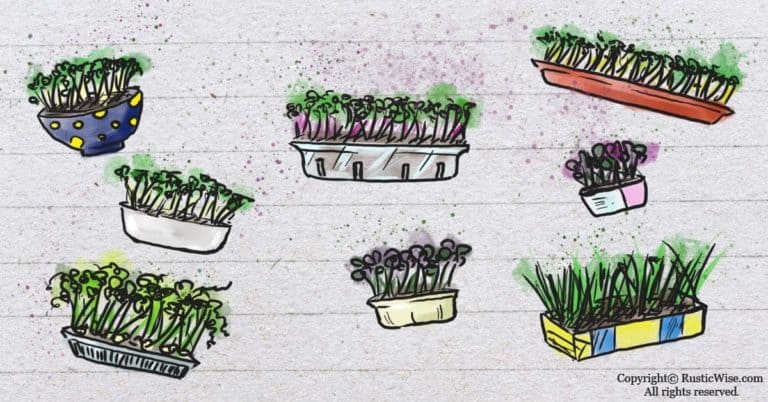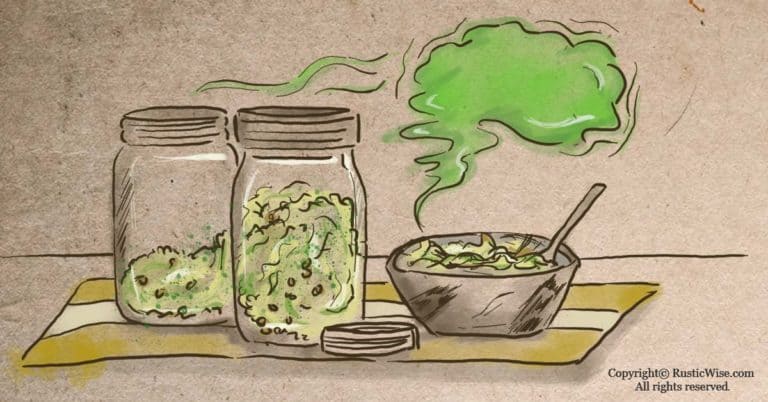Can You Compost Jalapeños, Peppers, and Other Spicy Foods?
Can you compost jalapeños, peppers, and other spicy foods? Capsaicin is the chemical compound found in chili peppers that gives them their spice and mouth-burning sensation. It’s not a good idea to add spicy foods such as jalapeños to your vermicompost—your red wigglers won’t take kindly to them. If you have a few old jalapeños, it should be okay to add to a thriving backyard compost pile. Just add in moderation.
Adding too much of any type of food scrap or compost ingredient is never good—this includes chili peppers. It’s important to achieve a good balance in your compost of nitrogen-rich “greens” and carbon-rich “browns.” Adding too many spicy foods or jalapeños to a backyard compost can cause problems mainly due to the capsaicin found in spicy peppers.
We’ll explore how capsaicin affects your compost pile, as well as provide composting tips if you need to throw in the odd chili pepper or two.
What exactly is capsaicin?
Capsaicin is the chemical compound found in chili peppers that gives them their kick. Peppers, from mild bell peppers to their spicier cousins the jalapeños, belong to the Capsicum genus of the nightshade family.
“Hot peppers derive their pungency from capsaicin, a substance characterized by acrid vapors and burning taste. Capsaicin is primarily concentrated in the internal partitions of the fruit and was first isolated in 1876; it is known to stimulate gastric secretions.”
—Britannica
Did you know that capsaicin is classified as a biochemical pesticide by the U.S. Environmental Protection Agency (EPA)? It’s used as an animal repelling agent to keep insects, mites, and other pests away.
When animals and humans are exposed to capsaicin, it’s an irritant for skin, eyes, and may cause lung tissue to swell.
Peppers and the Scoville scale
As you know, not all peppers are equal in spiciness. In fact, they range from the mild bell pepper, to the hottest-of-the-hot Carolina reaper pepper.
Wilbur Scoville devised the Scoville scale to judge the heat or spiciness of foods. The Scoville scale which ranges from 0 (no heat detected) to over 2 million SHU (Scoville Heat Units) for the hottest peppers. The higher the number, the hotter the food, and the more capsaicin present in the food.
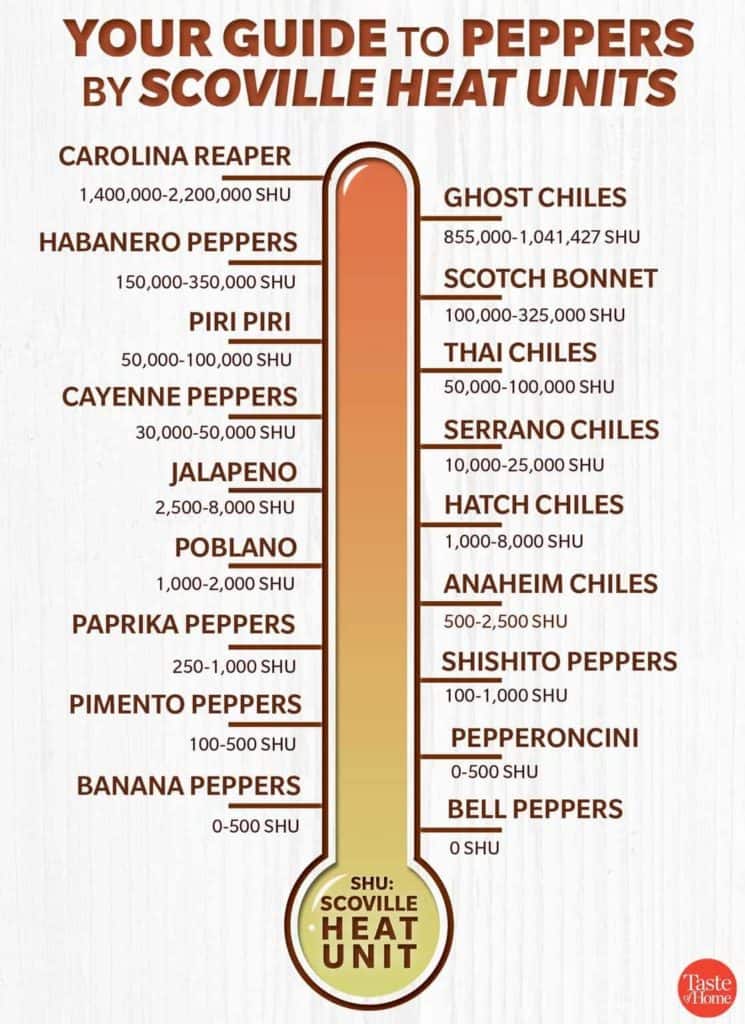
In a nutshell, here’s the breakdown of the scale:
- 0 to 4,000 SHU: mild
- 4,001 to 15,000: medium
- 15,001 to 50,000: hot
- 50,000+: beyond hot
So where do jalapeños fall on this scale? Jalapeños typically have between 2,500-8,000 SHU planting them in the mild to medium range. There’s a range in heat between individual jalapeño peppers depending on the growing conditions, time harvested, and how the pepper it’s prepared.
If you want to make your pepper less spicy, remove some of the membrane—this is the area where most of the spice is concentrated.
The takeaway: Peppers vary greatly in terms of their spiciness. The more spicy a pepper is, the more capsaicin it contains. Sweet bell peppers have no capsaicin and are definitely safe to throw into your compost bin and/or vermicompost bin. Spicier peppers contain more capsaicin and can be added to a backyard compost in moderation. Avoid adding spicy peppers to a worm bin.
How does capsaicin affect your compost and the environment?
So now we know a bit more about how capsaicin brings the heat, how does it affect the environment?
Well, we mentioned that capsaicin is used as an animal repellent. According to the National Pesticide Information Center (NPIC), “Capsaicin is very irritating to the skin and eyes, and it causes swelling in lung tissue. It can also irritate the mucous membranes in the mouth. In insects and mites, it appears to damage membranes in cells and disrupt the nervous system.”
Capsaicin has also been found to be toxic to bees and other helpful insects in a compost pile. Researchers believe that capsaicin along with other compounds protect its seeds from fungus.
This is why you probably don’t want to add a huge amount of say, ghost peppers, to your backyard compost pile. But a few spicy peppers should be fine for most backyard composts.
Does the capsaicin in spicy peppers break down in soil?
Yes, the bacteria in soil (and your compost) breaks down capsaicin over time. NPIC says in most cases, about half of capsaicin that’s applied to soil breaks down between 2 and 8 days. So, if you threw in a few peppers, you don’t need to worry about any lingering effects of capsaicin.
Capsaicin is low on mobility once it’s in soil, so there’s little worry about it leaking into groundwater.
The takeaway: Capsaicin found in jalapeños and other spicy peppers may harm some insects and worms in a compost. This is why it’s important to avoid adding spicy foods and spicy peppers to a vermicompost. When adding chili peppers to a traditional backyard compost, the capsaicin eventually breaks down and shouldn’t pose a problem when added in small amounts.

Do worms sense spiciness?
Yes, apparently they do according to a 2008 study conducted by researchers at the University of Oregon.
Researchers discovered that simple roundworms have a “computing center” that tells the worms to move toward a tasty food source, or turn away. Worms have two sensory neurons that work together: a left neuron which works as an “on” switch (to move forward towards food); and a right neuron which operates an “off” switch (to turn away from a potential food source).
When researchers spread capsaicin on either the left or right receptor, it altered the direction of the worms’ movement.
Researchers conclude that worms are able to calculate the strength and concentrations of certain tastes in order to find food sources, and also avoid potentially poisonous foods.
Tips for composting jalapeños, peppers, and other spicy foods
So if you have a huge pile of jalapeños, habaneros, or cayenne peppers, it’s probably a good idea to not add them all at once to your backyard compost heap.
Instead, add in moderation. It’s best to add to a hot compost, one that’s actively working to break down compost ingredients.
If you have dried peppers, mix them with other moist kitchen scraps such as coffee grounds, or green yard clippings such as grass.
If your spicy peppers are fresh, you may want to mix them with “brown” composting ingredients such as dried leaves to provide a balanced diet to the pile.
What about the seeds? Most peppers contain an abundance of seeds. If you have a hot compost, most seeds will die during decomposition. There’s very little chance of a pepper plant growing directly in your compost pile as most composts don’t provide a favorable environment for seeds—it often contains too much nutrients! If any seeds remain in your finished compost, you can use a fine sifter to remove any debris.
What about adding leftover spicy foods to compost?
Use your judgment when adding spicy foods to any type of compost. Many spicy foods are oily and oil when added in large amounts creates anaerobic conditions (no oxygen)—something you don’t want in a compost pile.
Avoid adding any spicy foods with meat or dairy—these may create foul odors and attract backyard pests.
Conclusion: can you compost jalapeños?
We all love to add a little spice to our lives, but sometimes we forget that not everyone is as keen on the heat. Capsaicin in chili peppers can be irritating to skin and mucous membranes upon contact—which means hot foods such as jalapeños should stay out of your vermicompost. If you want fresh food scraps for your worm bin, try adding other vegetables like cucumbers or squash instead!
If you have some old jalapeños that need a new home, feel free to add them to a thriving backyard compost pile in moderation. Mild peppers such as sweet bell peppers are completely fine to add. As for other spicy foods, use your judgment and avoid anything with meat or dairy!

References
- Britannica, Pepper, https://www.britannica.com/plant/pepper-plant-Capsicum-genus. Accessed June 2021.
- U.S. Environmental Protection Agency (EPA), Capsaicin Pesticide Reregistration, https://archive.epa.gov/pesticides/reregistration/web/pdf/4018fact.pdf. Accessed June 2021.
- Meredith, Dana, “Here’s Every Type of Pepper You Need to Know“, Taste of Home. Accessed June 2021.
- National Pesticide Information Center (NPIC), Capsaicin General Fact Sheet, http://npic.orst.edu/factsheets/capgen.html. Accessed June 2021.
- University of Oregon. (2008, July 3). Worms Do Calculus To Find Meals Or Avoid Unpleasantness. ScienceDaily. Retrieved June 6, 2021 from www.sciencedaily.com/releases/2008/07/080702132219.htm

Author: Josh Tesolin
Josh is co-founder of RusticWise. When he’s not tinkering in the garden, or fixing something around the house, you can find him working on a vast array of random side projects.

